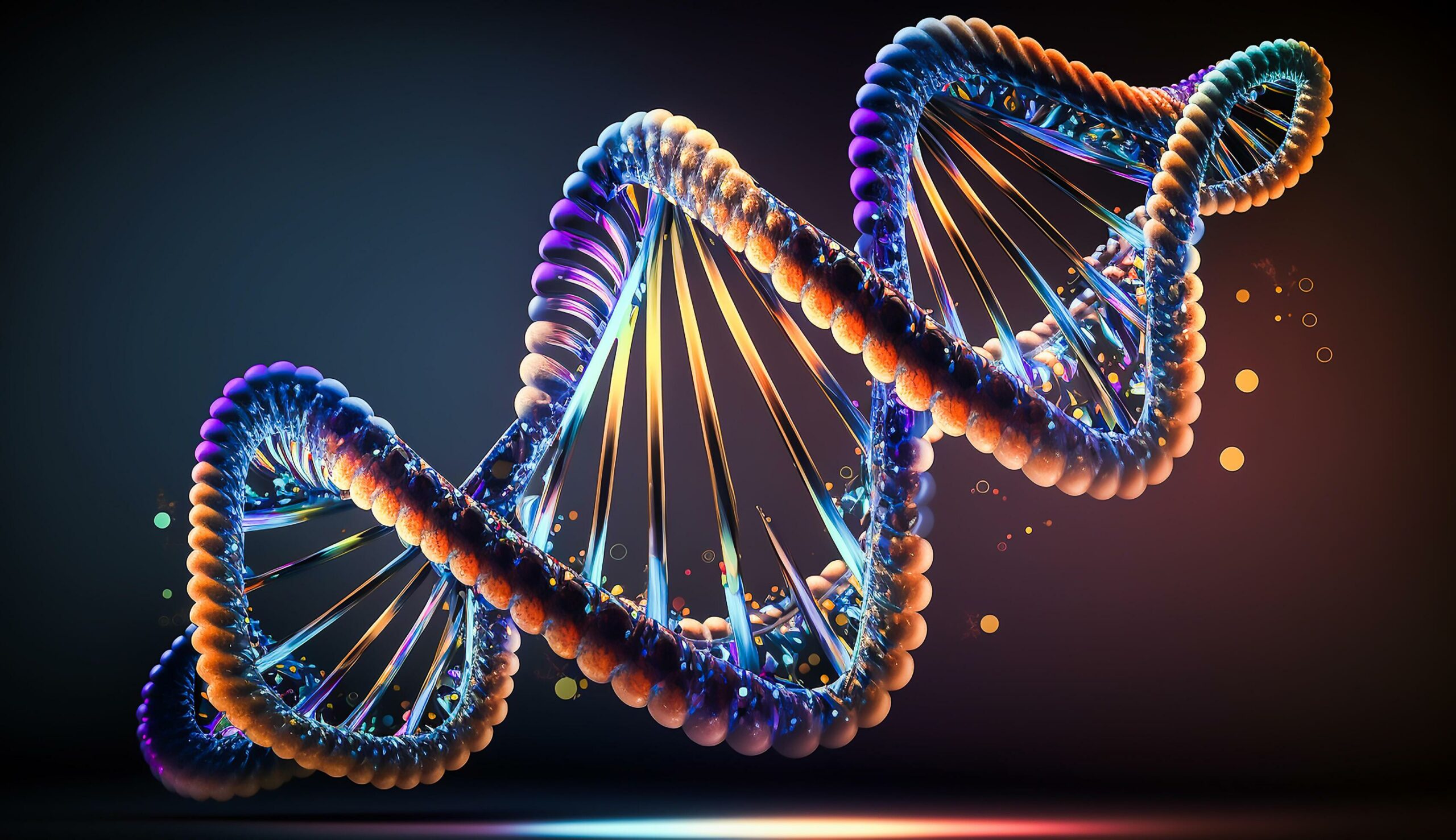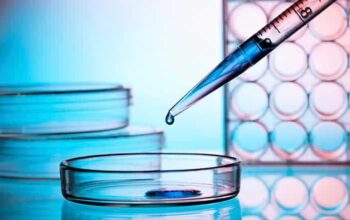In the rapidly evolving realm of nanotechnology and bioengineering, the conception and application of DNA nanobots is a paramount achievement. As researchers dive deeper into the intricate architecture of deoxyribonucleic acid (DNA), they have begun to harness its unique properties to engineer nanoscale devices capable of performing specific tasks. One of the most compelling applications of these DNA nanobots lies in their ability to deliver therapeutic agents with an astonishing degree of atomic precision. However, this begs the question: can we trust such minuscule entities to navigate our complex biological systems effectively? Moreover, what challenges lie ahead in realizing this potential?
DNA nanobots are constructed from strands of DNA, ingeniously folded and assembled to form molecular machines capable of performing predefined functions. Each strand is designed to respond to specific stimuli—be it chemical signals, changes in temperature, or even ultrasonication. The versatility of DNA makes it an excellent candidate for nanobot construction. The inherent specificity arising from Watson-Crick base pairing allows for the precise assembly of catalysts, sensors, and drug delivery systems. When discussing the potential for DNA nanobots to deliver drugs, one cannot ignore the remarkable accuracy with which these systems operate.
At the heart of DNA nanobot drug delivery is the concept of target specificity, wherein nanobots are engineered to seek out and bind to particular types of cells. This is achieved through the functionalization of the nanobots with targeting ligands that can recognize and interact with specific receptors on the surface of diseased cells. For instance, in cancer therapy, DNA nanobots can be designed to identify tumor markers, thus preferentially delivering chemotherapeutic agents directly to malignant cells while sparing healthy tissue. This not only enhances the efficacy of the treatment but also significantly mitigates the adverse side effects traditionally associated with systemic drug administration.
In the context of this precise targeting ability, one must consider the fundamental principles underpinning the navigation of these nanobots through the biological milieu. The human body is an intricate and often chaotic environment. Composed of varying pH levels, ionic strengths, and the presence of competing biomolecules, the journey of a DNA nanobot is fraught with challenges. The question thus arises: will these nanobots be able to efficaciously traverse this molecular labyrinth without succumbing to degradation or unintended interactions?
The kinetic properties of DNA nanobots have been subjected to extensive investigation. Researchers have observed that the dynamics governing the movement and interaction of these nanostructures are influenced by their design at the molecular level. The arrangement of complementary strands not only governs their structural integrity but also facilitates their mobility. Furthermore, understanding the mechanisms of DNA structure—such as duplex formation and unwrapping—enhances the reliability of drug delivery. This opens a realm of possibilities for optimizing nanobot performance through modifications at the nucleotide level.
Moreover, the integration of stimuli-responsive elements augments the capability of DNA nanobots to execute timed drug release. For instance, a nanobot may be programmed to disassemble upon encountering specific biochemical signals or environmental changes, thereby releasing the therapeutic payload at the precise moment required for maximal efficacy. This spatiotemporal control raises intriguing questions about the predictability of these interactions—do we possess sufficient knowledge to design nanobots that can adapt to the unpredictable dynamics of a biological system with the same sophistication as nature itself?
Despite the promise of DNA nanobots, significant hurdles remain in our quest for clinical application. The development of efficient and scalable methods for the synthesis of these nanostructures is essential for their widespread adoption. While laboratory techniques have made substantial strides, translating these processes to industrial levels poses a formidable challenge. Yield and consistency are critical parameters that must be optimized to ensure that the nanobots produced are uniformly effective and reliable.
In addition to production challenges, regulatory and ethical considerations must be navigated with caution. The prospect of deploying DNA nanobots within humans necessitates an extensive examination of potential immunogenic responses and long-term biocompatibility. The complexities associated with human health demand that any innovative treatment be rigorously verified through comprehensive preclinical and clinical trials. The ethical implications of such technologies cannot be overlooked—what are the societal expectations and concerns surrounding the integration of engineered nanostructures into human biology?
In conclusion, the development of DNA nanobots for precise drug delivery is both an exhilarating frontier and a complex challenge. With their ability to primarily target diseased cells and release therapeutics in a tightly controlled manner, these nanostructures herald a new era in medical treatment. However, as scientists advance in their endeavors, they must carefully navigate the biological intricacies of human physiology, the constraints of manufacturing practices, and the broader ethical dimensions of their applications. The journey to deploy DNA nanobots in clinical settings will undoubtedly require collaboration across disciplines—merging bioengineering, nanotechnology, pharmacology, and ethics—to fully realize their transformative potential. Ultimately, the promise of DNA nanobots remains tantalizingly close, yet it beckons us to ponder the implications of entrusting nanoscale entities with life-saving responsibilities.










